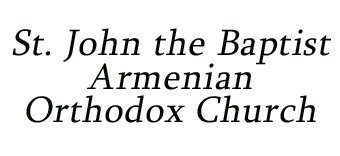THE MOTHER WHO HEALS AND UNITES
This morning, I woke up to the sound of the bells of Holy Etchmiadzin. I arrived at the Mother See last night for the Supreme Spiritual Council meeting. As the bells chimed, I felt the weight of centuries in their echoes. These bells proclaim the endurance of a people, the unbroken faith of a nation. This is where you realize that faith isn’t just an idea; it’s living, breathing, and holding us together like a mother embracing her children.
Etchmiadzin, this holy sanctuary, has been the soul of our people. She has stood steadfast through the storms of history, watching over her children who have lived through the centuries with many pains and only little joys. She has witnessed our triumphs, but more often, she has wept with us in our suffering. And yet, she has never abandoned her children.
